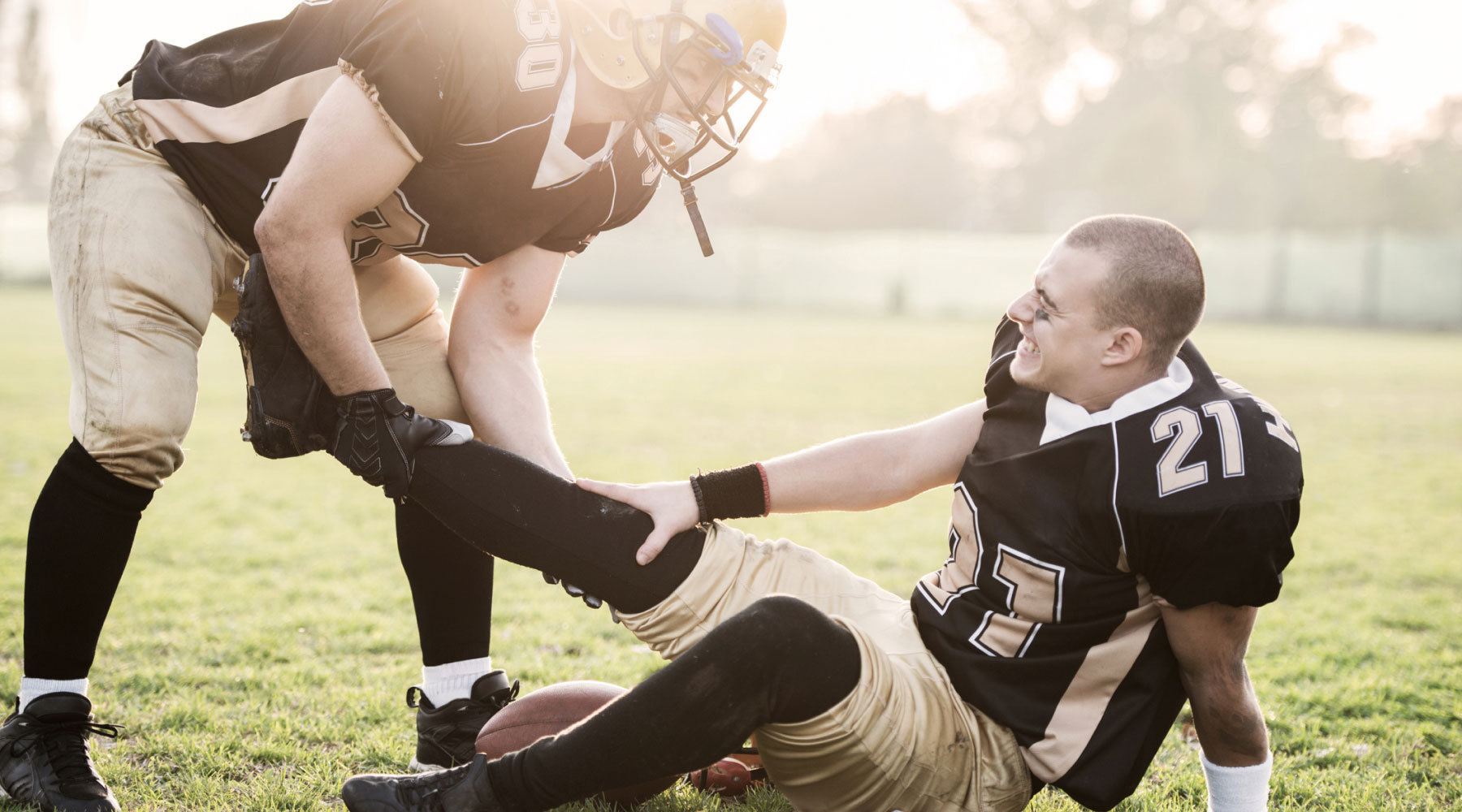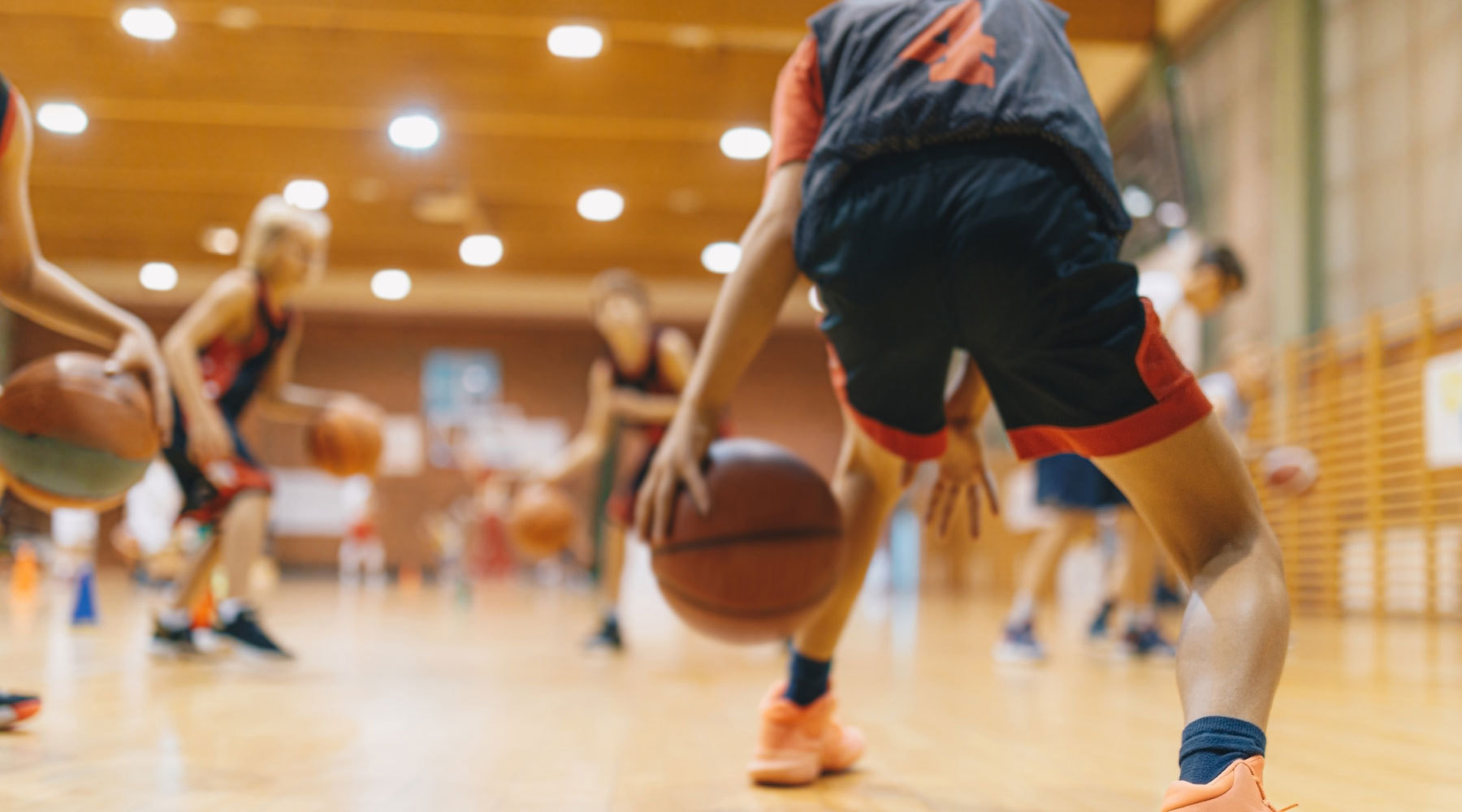
As summer begins to cool down and fall sports season heats up, many student-athletes are hitting the gridiron and beginning football practice. According to data from the 2018-19 school year, collected by the National Federation of State High School Associations, football is the most popular sport amongst high school athletes, with 1,006,013 participants nationally. This is in part due to the size of football teams and how many athletes are able to participate as a member of the squad. And while participation is aplenty and a positive thing, overall, there’s good reason to point out that football also leads to the most injuries of any other sport. With an estimated 455,449 football-related injuries (of varying severity) during the same 2018-19 campaign, it’s clear that getting hurt while participating in the sport is difficult to avoid.
First things first, make sure to stay up to date on their school sports physical to ensure your student-athlete is in proper physical health before lacing up the cleats and setting foot on the field. This will not only help minimize the possibility of injury right out of the gate, but help curb the potential severity of a sustained injury as well. Because an injury is a friend to no one.
Because football injuries come in many different shapes, sizes, and levels of severity, we thought we’d outline the most common football injuries we see here at Access Sports Medicine each and every fall sports season.
Identifying the most common football injuries
Knee
MCL and ACL sprains, and tears are all among the most common football injuries due to the nature of the sport. While rules have been put in place to minimize trauma to the knee, it’s completely unavoidable given the full-contact nature of football and tackling that occurs below the waist. (Not to mention bodies getting tossed around, which can cause an inadvertent projectile that finds its way to your knee, or if you happen to trip over a downed body on the field.)
Shoulder
Blocking, tackling, and hard falls can lead to dislocated shoulders and sprained AC joints near the collarbone. Even under all those pads, your shoulders are never entirely safe.
Ankle
Twists, sprains, and strains are among the leading candidates in our list of the most common football injuries. Given the constant motion of the sport and the physicality variables that exist, your ankles are ripe for injury. Ever notice how virtually every NFL player has their ankles taped and braced? They’ve all sustained their share (fair or otherwise) of ankle injuries throughout their lives.
Head
Ah, yes, the dreaded conversation of concussions and football. It’s been a hot topic these last handful of years, and it’s safe to say that it will always be under the microscope. And for good reason. Even with the time, energy, and technology manufacturers and engineers have poured into helmets and applicable safety equipment, as well as the tackling and hitting protocols that continue to be improved upon for player safety, head injuries are going to happen due to the speed and nature of the game. As far as common football injuries are concerned, head injuries will always be the most hotly debated and seriously monitored with the different protocols and rules put into place to ensure players aren’t further jeopardizing their health after a head injury. Concussion signs to keep in mind include:
- Headache
- Blurred vision
- Inability to concentrate
- Disorientation/dizziness/confusion
- Nausea or vomiting
Follow concussion guidelines seriously to minimize longstanding effects.
Heat
Yes, we know we started this piece out by talking about how summer is winding down, and temperatures are starting their decline, but the truth is, there are still some hot days in the fall season. And even the cooler days will feel a lot more heightened under all those pads and equipment. Sustaining long practices and even the occasional double session could subject a football player to exhaustion, dehydration, and heat stroke.
What to do if you’ve sustained one of these most common football injuries
- Don’t panic
- Listen to your body
- Know when to check out and take a break
- Keep hydrated
If an injury occurs, seek the help of a professional like the friendly physicians and sports medicine experts here at Access. We have walk-in services available, so don’t hesitate to come by in a moment of need. Avoiding treatment can lead to more sustained damage, so get it checked out before checking back in!



